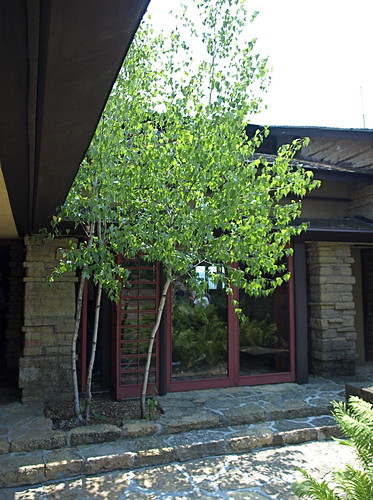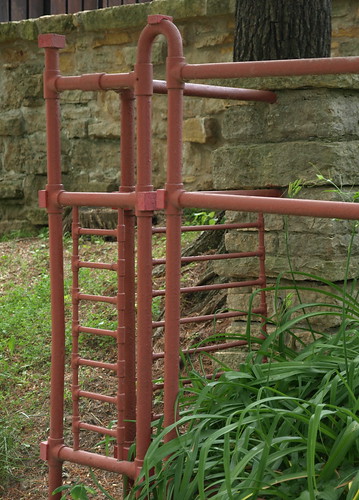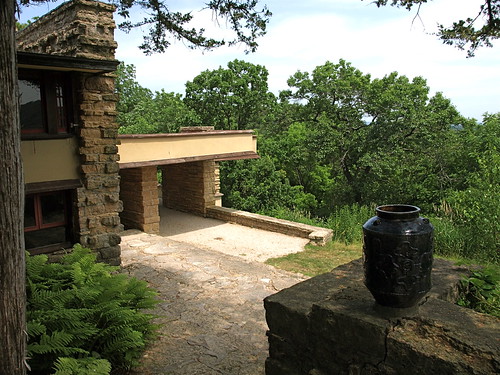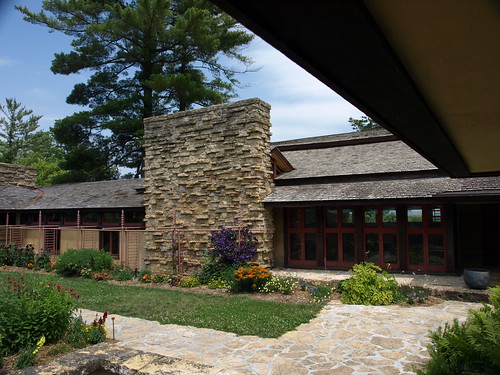Buying Tramadol In Canada “Like any architect, Frank Lloyd Wright wanted to make his own house an epitome of everything he stood for emotionally, spiritually, technically. And so on the family property in Spring Green, Wisconsin on the brow of a hill he built this great, long, rambling, beautiful, hugging the ground house which he called Taliesin and it was going to be his statement to the world.
http://economiacircularverde.com/que-es-la-economia-circular/ It was an immaculate invention that he pretended was close to nature and was a farm and of course it wasn’t a farm at all, it was an estate. It was a rich man’s estate. And he didn’t have any money but he made himself a rich man’s estate. And he kept losing it, mortgages unpaid, bank would take it, he’d get it back, he’d incorporate himself and found a new method of outwitting everybody around him and he hung on to that to his dying day.” —Brendan Gill, Writer

Buy Cheap Tramadol Mastercard Front Entrance at Taliesin © 2008 Bo Mackison
https://www.petwantsclt.com/petwants-charlotte-ingredients/ This is the main entrance to Taliesin, the author’s residence. Opening into a vary small vestibule, the ceiling is low and immediately “pushes” you into the main part of the home. Intentionally, Wright did not want his visitors to linger at the front door, but to move through the expansive spaces of delight he had created.

Cod Tramadol Online The Architect Recycles © 2008 Bo Mackison
He was the ultimate “recycler”, even in the 1910s and 1920s, as evidenced by his use of barn stanchions to provide color, lines, and spaces in the interior garden.
This is the terrace leading the the main entrances of his studio, partially pictured in the photo, and his personal residence. An antique Asian jar rests in a place of prominence. Asian Art is placed throughout Taliesin, exterior and interior. One of FLM’s loves and inspirations was Asian Art, which he purchased with abandon, even when he hadn’t money for the necessities of life. For some insight into Wright’s passion, here is an interesting peek into his relationship with this style of art.
Taken from the interior garden, Frank Lloyd Wright’s studio is immediately centered – the expanse of windows where he had his studio and architectural work tables, and the massive fireplace which was used for heat, some cooking, and as a central gathering place. To the left are the string of once-barns, now re-modeled apartments for the architectural students who currently study at the School there.








